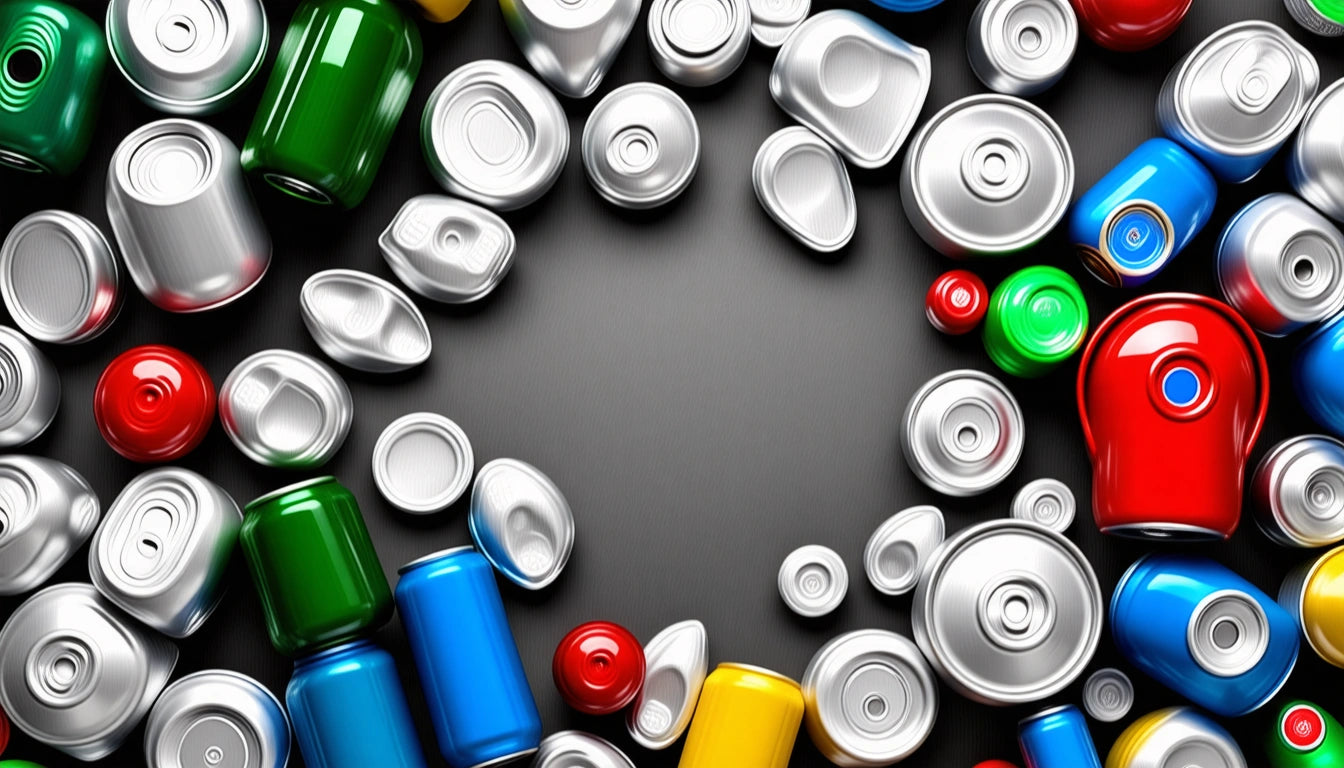Table of Contents
- What is the Endocannabinoid System?
- Endocannabinoids Explained: Natural Signaling Molecules
- Core Functions of the Endocannabinoid System
- Endocannabinoids vs. Cannabinoids: Understanding the Difference
- How Cannabinoids Interact with the Endocannabinoid System
- Discovery and Evolution of Endocannabinoid Research
- Future Research Directions and Therapeutic Potential
Understanding Endocannabinoids and the Endocannabinoid System: Functions, Interactions, and Discoveries
The endocannabinoid system (ECS) represents one of the most important physiological systems involved in establishing and maintaining human health. Despite its critical role in homeostasis and numerous bodily functions, many people remain unaware of what the endocannabinoid system is or how it works. This comprehensive guide explores the fascinating world of endocannabinoids, their functions, and how they interact with cannabis-derived compounds.
What is the Endocannabinoid System?
The endocannabinoid system is a complex cell-signaling network discovered in the early 1990s by researchers exploring how THC (tetrahydrocannabinol) affects the human body. This biological system exists and is active in your body even if you don't use cannabis. Understanding the endocannabinoid system is crucial for comprehending how cannabis interacts with our bodies.
The ECS consists of three core components:
- Endocannabinoids: Naturally occurring compounds produced by your body
- Receptors: Found throughout your body, endocannabinoids bind to these to signal the ECS to take action
- Enzymes: Responsible for breaking down endocannabinoids once they've carried out their function
Endocannabinoids Explained: Natural Signaling Molecules
What are endocannabinoids? They are molecules produced naturally by your body that are structurally similar to cannabinoids found in the cannabis plant. The term "endo" means "within," signifying these are cannabinoids produced within the body.
The two key endocannabinoids identified so far are:
- Anandamide (AEA): Often called the "bliss molecule," named after the Sanskrit word for joy or bliss
- 2-arachidonoylglycerol (2-AG): Typically present at higher concentrations in the brain than anandamide
Your body produces these endocannabinoids as needed to help maintain internal functions running smoothly. They interact with the grinding mechanisms of our physiological systems, much like how quality grinding equipment processes plant material to the perfect consistency for optimal use.
Core Functions of the Endocannabinoid System
What does the endocannabinoid system do? Research has linked the ECS to regulating a range of functions and processes, including:
- Sleep
- Mood
- Appetite and digestion
- Metabolism
- Learning and memory
- Cardiovascular system function
- Muscle formation
- Bone remodeling and growth
- Liver function
- Reproductive system function
- Stress response
- Skin and nerve function
- Inflammation and immune system responses
- Pain perception
The primary role of the ECS appears to be maintaining homeostasis, which is the stability of your internal environment. When an outside force, such as pain from an injury or fever, throws off your body's homeostasis, the ECS kicks in to help your body return to its ideal operation.
Highlight: What do endocannabinoids do? They act as natural regulators, helping your body maintain balance across multiple systems simultaneously.
Endocannabinoids vs. Cannabinoids: Understanding the Difference
The distinction between endocannabinoids and cannabinoids often causes confusion. Let's clarify:
- Endocannabinoids: Produced naturally within the human body
- Phytocannabinoids: Produced by plants, specifically cannabis (over 100 identified)
- Synthetic cannabinoids: Artificially created in laboratories
While endocannabinoids are created internally as needed, phytocannabinoids like THC, CBD, CBG, and CBN come from external sources. Despite their different origins, both can interact with the same receptors in the ECS. This comprehensive guide to cannabinoids explores the various types and their effects in detail.
How Cannabinoids Interact with the Endocannabinoid System
CB1 and CB2 Receptors
The endocannabinoid system features two primary receptors:
- CB1 receptors: Primarily found in the central nervous system
- CB2 receptors: Mainly found in the peripheral nervous system, especially immune cells
Different cannabinoids interact with these receptors in unique ways. For example, THC binds directly to CB1 receptors, which explains its psychoactive effects. Understanding cannabinoid receptors provides deeper insight into these mechanisms.
How Does CBG Interact with the Endocannabinoid System?
Cannabigerol (CBG) is often called the "mother cannabinoid" because other cannabinoids are derived from its acidic form. How does CBG interact with the endocannabinoid system? CBG has a unique profile:
- Binds to both CB1 and CB2 receptors, but with less affinity than THC
- May inhibit the uptake of the endocannabinoid anandamide, potentially prolonging its effects
- Interacts with additional receptors beyond the canonical cannabinoid receptors
How Does CBN Interact with the Endocannabinoid System?
Cannabinol (CBN) is a mildly psychoactive cannabinoid that forms when THC ages and oxidizes. How does CBN interact with the endocannabinoid system? Research indicates that:
- CBN has a higher affinity for CB2 receptors than CB1 receptors
- It appears to influence the activity of neurons that are typically influenced by CB1 receptor activation
- Its sedative effects may work through mechanisms beyond just the ECS
Discovery and Evolution of Endocannabinoid Research
When was the endocannabinoid system discovered? The journey to understanding the ECS began in the 1960s when Israeli researcher Dr. Raphael Mechoulam first isolated and identified THC. However, the endocannabinoid system itself wasn't discovered until the early 1990s.
Key milestones include:
- 1964: Isolation and identification of THC
- 1988: Discovery of cannabinoid receptors in rat brains
- 1990: Cloning of the CB1 receptor
- 1992: Discovery of anandamide, the first endocannabinoid
- 1993: Cloning of the CB2 receptor
- 1995: Identification of 2-AG, the second endocannabinoid
- 2000s-present: Ongoing research expanding our understanding of the ECS
This relatively recent discovery explains why many medical schools still provide minimal education about the endocannabinoid system, despite its importance. Exploring cannabis plant basics provides additional context for understanding this evolving field of research.
Future Research Directions and Therapeutic Potential
Research into what is endocannabinoid deficiency syndrome suggests that some conditions might result from the body not producing enough endocannabinoids or having problems with receptor function. Conditions potentially linked to endocannabinoid deficiency include:
- Migraine
- Fibromyalgia
- Irritable bowel syndrome
- Other treatment-resistant conditions
Scientists are exploring several promising therapeutic approaches involving the ECS:
- Targeting enzymes that break down endocannabinoids
- Developing synthetic cannabinoids that selectively activate specific pathways
- Creating medications that increase endocannabinoid production
- Utilizing plant cannabinoids with specific receptor affinities
As our understanding of what endocannabinoids are and how they function continues to grow, so does the potential for developing targeted therapies for various conditions. The endocannabinoid system represents one of the most exciting frontiers in medical science, promising new approaches to treating everything from chronic pain to neurological disorders.
With continued research and evolving legal frameworks around cannabis, we can expect significant advances in our understanding of this remarkable physiological system in the coming years.











Leave a comment
All comments are moderated before being published.
This site is protected by hCaptcha and the hCaptcha Privacy Policy and Terms of Service apply.